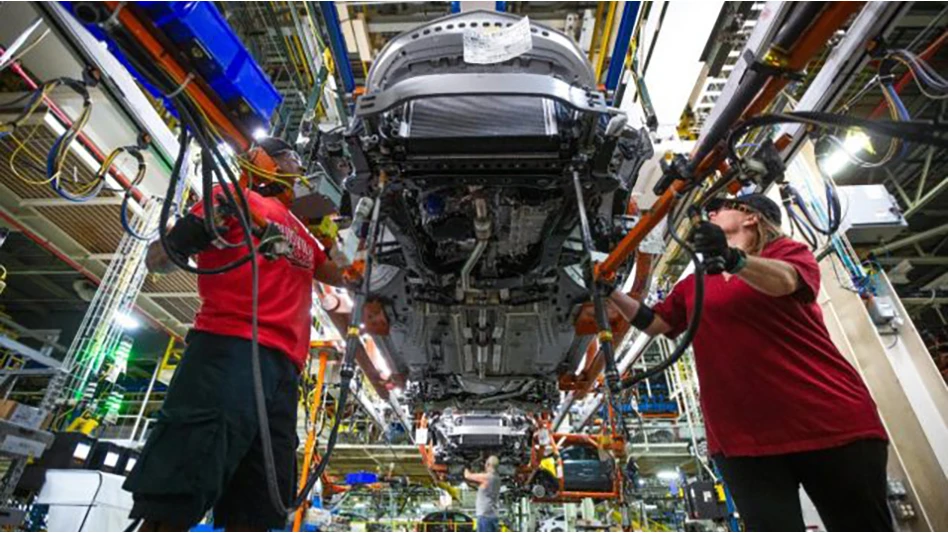
Photo courtesy of General Motors
Negotiators from the United Auto Workers (UAW) and General Motors, Ford and Stellantis have reached agreements that soon will be put to a vote by UAW members.
The UAW said Oct. 30 it had reached a "historic" tentative agreement with General Motors and added, “Like the agreements with Ford and Stellantis, the GM agreement has turned record profits into a record contract.”
Since mid-September, the UAW has been coordinating strikes at various GM, Ford and Stellantis facilities in the United States.
It is unclear to what extent the strike actions affected the flow of metal or scrap metal within the U.S. Ferrous scrap prices remained relatively stagnant during the strike period, as did steel output figures gathered by the Washington-based American Iron and Steel Institute.
In recent comments accompanying the Cleveland-Cliffs third-quarter 2023 earnings report, CEO Lourenco Goncalves says the Cleveland-based steel producer’s strength in shipments to its automotive clients has been happening both before and after the UAW strike affecting three of its clients in Detroit was announced, with other major clients outside Detroit picking up the slack.
The notion of Toyota, Tesla, Honda, BMW and other automakers with U.S. assembly capacity gaining market share during and after a prolonged strike likely provided an incentive to all negotiating parties to reach an agreement.
The agreements reached between the UAW and Ford, GM and Stellantis, however, are tentative for a reason. Earlier this fall, UAW and negotiators from Mack Trucks also reached an agreement on a new contract. However, when put to a vote by union members a week later, that potential deal was rejected by a wide margin.
Latest from Recycling Today
- Mixed paper, OCC prices end year on downward trend
- Updated: CAA submits final draft program plan in Oregon
- Enviri names new president of Harsco Environmental business
- Survey outlines ‘monumental challenge’ of plastic packaging collection in UK
- Nippon Steel acknowledges delay in US Steel acquisition attempt
- BASF collaborates to study mechanical plastic recycling
- Commentary: navigating shipping regulations for end-of-life and damaged batteries
- Haber raises $44M to expand to North America





